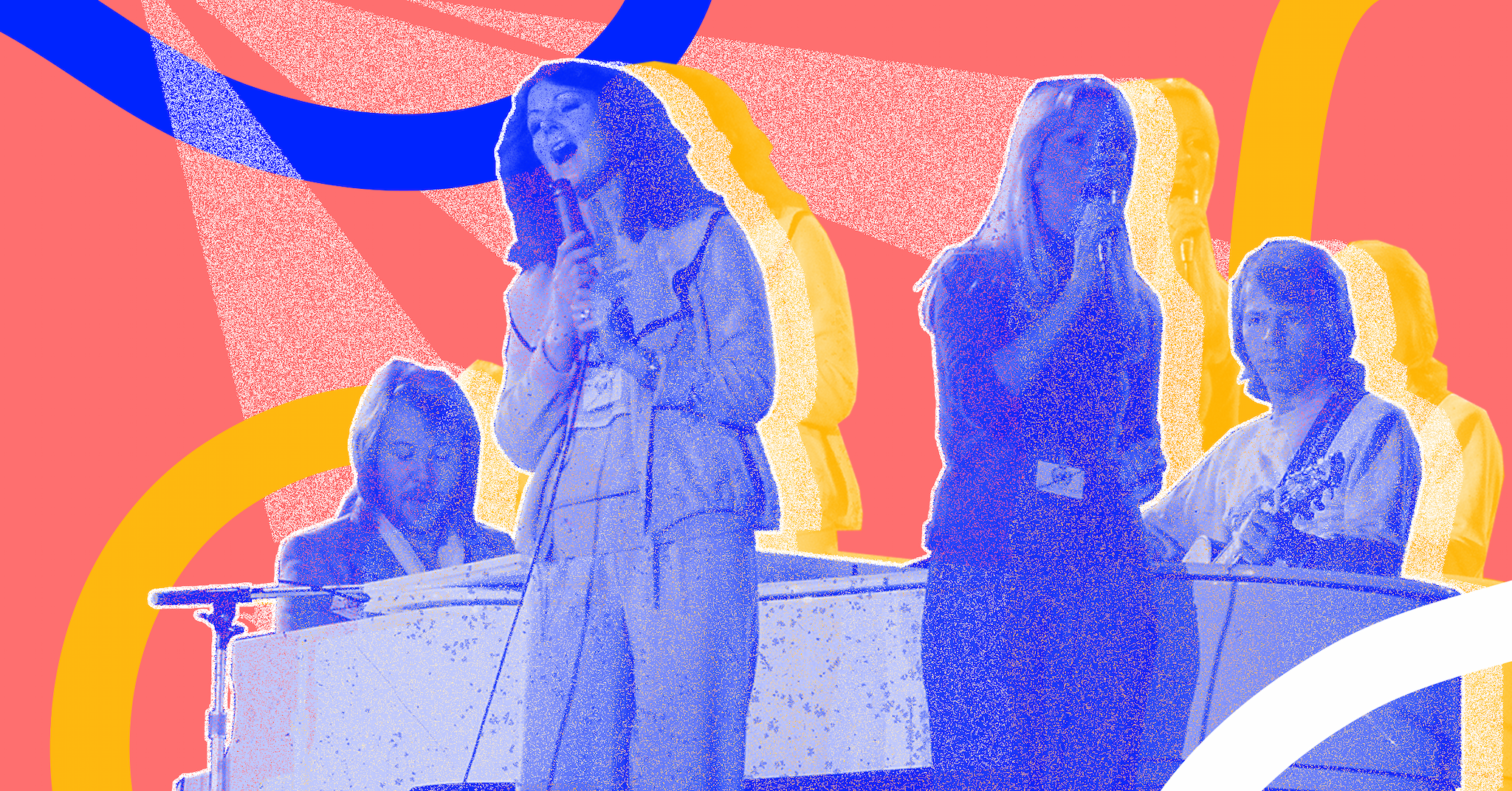Dead Musicians
Michael Jackson. Amy Winehouse. Tupac. Roy Orbison.
Those are just a few of the dead musicians who have been resurrected on stage in recent years as holograms — and a new feature by the Australian Broadcasting Corporation explores not just the critical reception and technological frontiers of the new industry, but the legal minefield it raises to dust off the visage of a famous person and bring them out on the road.
Back to Life
According to University of Sydney digital human researcher Mike Seymour, today's musical holograms have only started to tap the medium's potential. In the future, he predicted to the ABC, machine learning will let these long-dead holograms interact with the crowd and improvise.
Additionally, according to the report, the law is still grappling with how to handle life-after-death performances. In the U.S., a legal concept called a "right to publicity" gives a person, or their estate, the right to profit from their likeness. But whether right to publicity applies after death, and for how long, differs between states.
Atrocity
Of course, no legal or technical measures will win over fans of an act who find it disrespectful to raise a performer from death and trot them out on tour.
"If you are appalled by [the idea], because you think it's an atrocity to the original act, you are going to hate it," Seymour told the broadcaster. "And if you are a fan that just loves seeing that song being performed again, you are going to think it's the best thing ever."
READ MORE: Dead musicians are touring again, as holograms. It's tricky — technologically and legally [Australian Broadcasting Corporation]
More on hologram performances: Wildly Famous Japanese Pop Star Sells Thousands of Tickets in NYC. Also, She’s A Hologram
Share This Article
